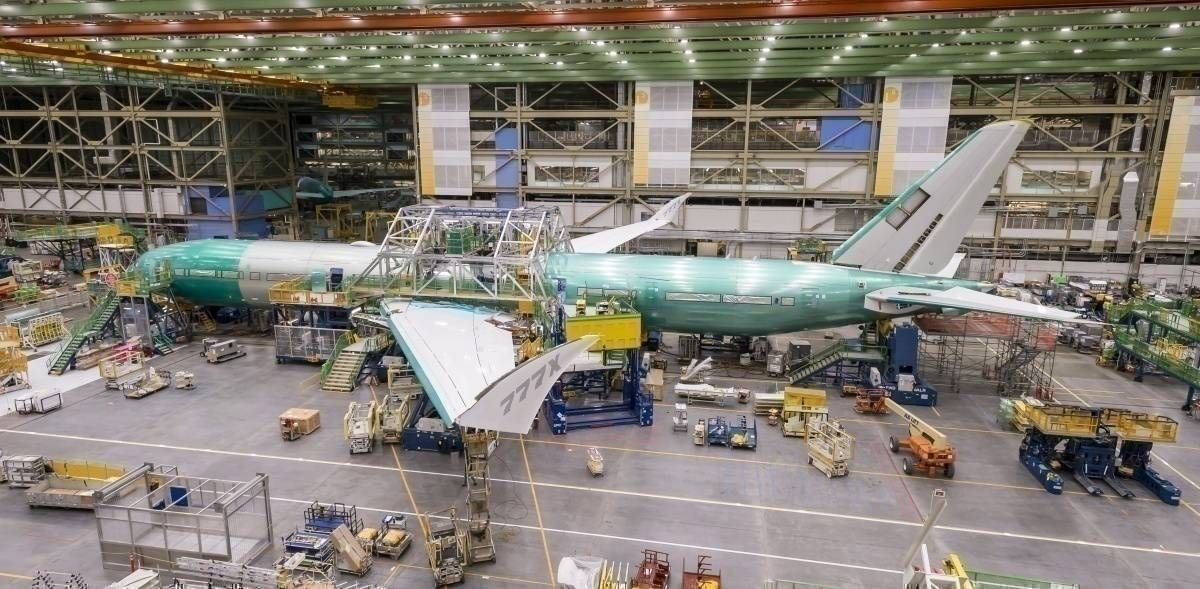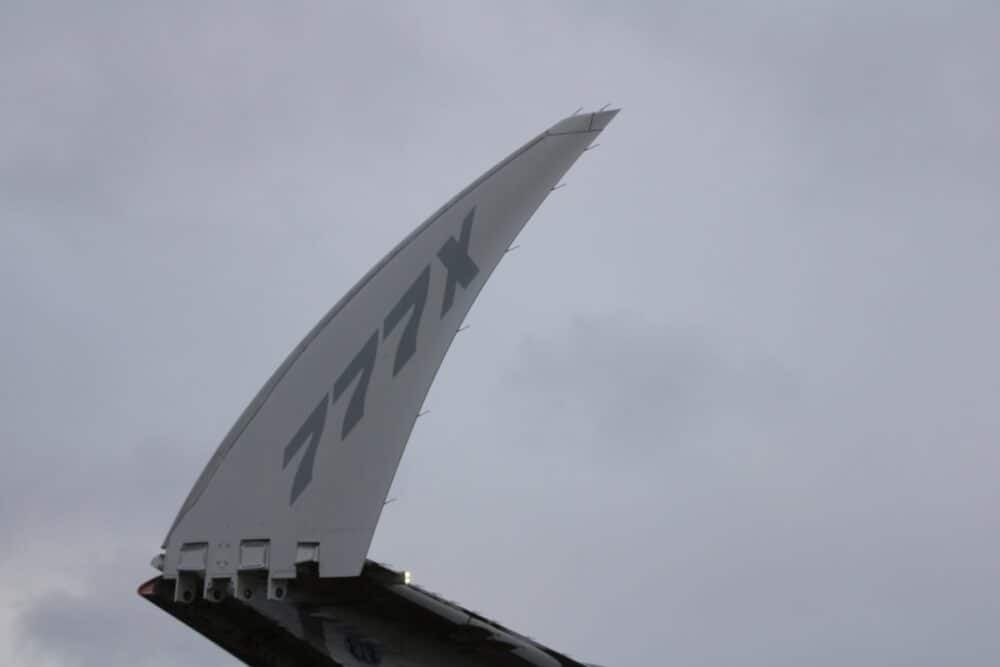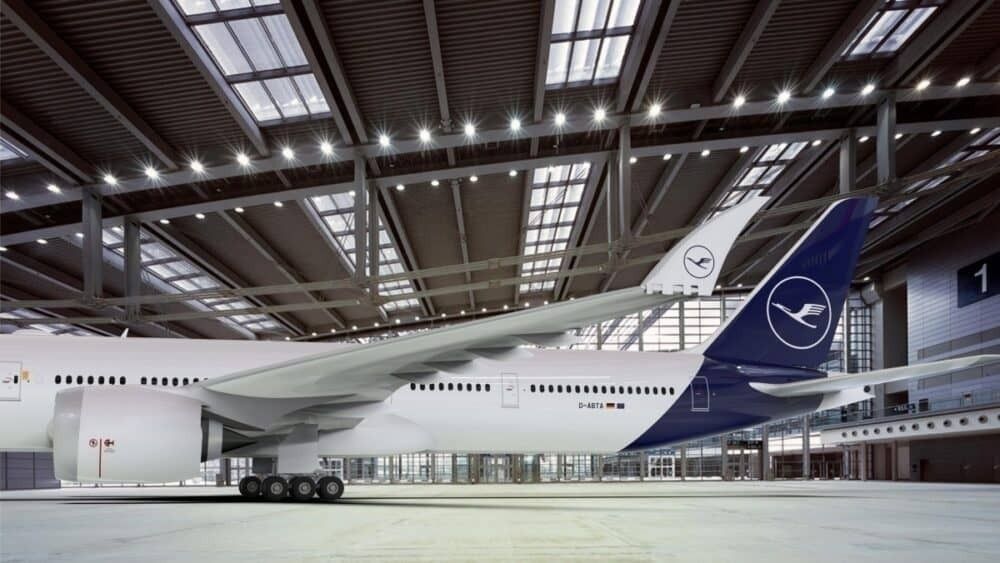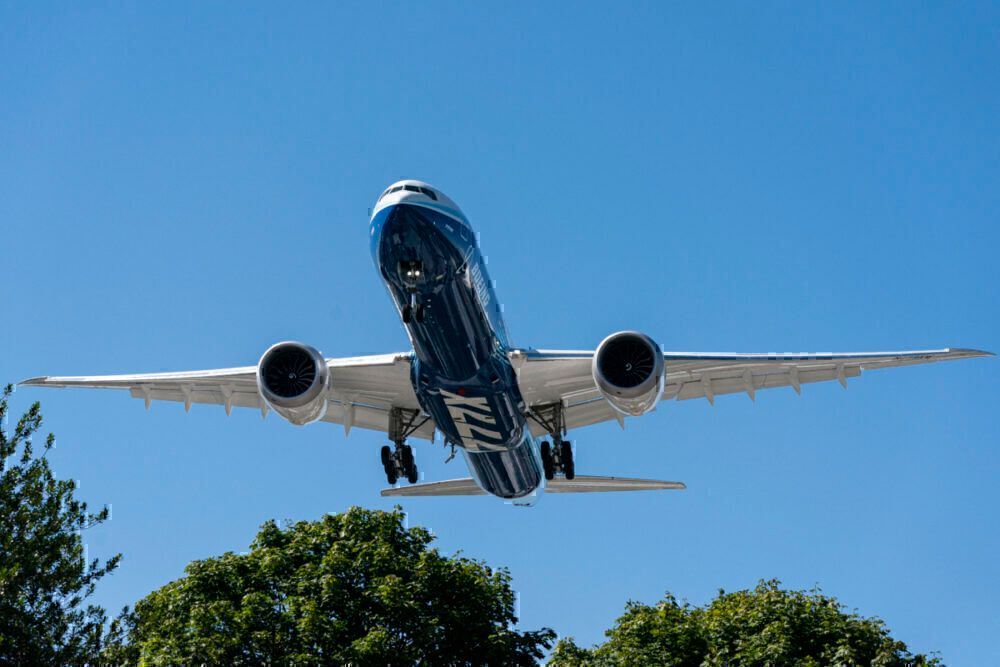The Boeing 777X is an eye catching plane for many reasons. For a start, those enormous GE9X engines that could swallow a 737 fuselage whole. Then there’s the sheer size of it, longer than anything else in the skies (barring the Antonov An-225 Mriya). But it’s those folding wingtips that have really caught the imagination of the wider public. It’s an unusual modification, but why is it needed?
Adding complexity to an aircraft is never a cheap thing. It’s another thing to build, another thing to maintain and another thing that can sometimes go wrong. It becomes even more of an issue when those additions require separate certification, adding layers of paperwork and red tape to the development process.
Taking all this into consideration, there must have been a strong case for adding folding wingtips to the Boeing 777X. And there was. Here’s why it needed those beautiful folding tips to its wings.
Stay informed: Sign up for our daily aviation news digest.
Airport access
The first and most important reason to add the folding mechanism to the wingtips was so that the giant bird could access a greater range of airports. Its huge 235 ft 5 in wingspan is a full 11 feet longer than its predecessor, making it too wide to land at a Code E airport.
This would have severely limited the airports to which it could operate, a problem known all too well for operators of the A380. By making the wingtips fold after landing, the aircraft remains within the Code E limitations, opening a far greater range of airports around the world to its operators.
Importantly for Boeing, this meant it had the same footprint as the previous generation of 777. With its wings folded, there’s little difference in terms of the gate and taxi operations and means customers of the 777 can easily interchange their new 777X with the 777 classic without any major headaches.
Efficiency
Of course, the folding wingtips would not have been needed at all if it wasn’t for that massive wingspan. So why make the wings so large, instead of just leaving them the same as those on the 777?
In aerodynamics, the longer and slimmer the wings, the less the drag will be. Adding those 11 feet to the span of the 777X means fuel burn will be lower than that of the 777, around 10% according to Boeing’s calculations.
Usually, adding so much mass to an aircraft would mean a heavier plane, thereby negating the benefits of the wider wingspan. However, the 777X uses a composite material for the wings, which is lightweight and allows it to add all that span without increasing weight.
And it’s not just weight that is a benefit of using composite materials for the wings. When you’ve got such a large wingspan, those wings are going to come under a great deal of pressure. As such, it is beneficial if they’re able to flex and bend during the flight.
Aircraft with aluminum wings, like the 737, do not have significant flex. They don’t need it really, thanks to the relatively short span. But aircraft with big wingspans can actively benefit from a little flex, as it helps with aerodynamics and can mean less risk of damage. The 787 has benefitted from flexible wings, and the 777X will too. Only one of those is able to fold up the tips, though.
What do you think of the 777X folding wingtips? Let us know in the comments.




